Tag Archives: parkinson’s
IBM fingernail sensor tracks health through your grip
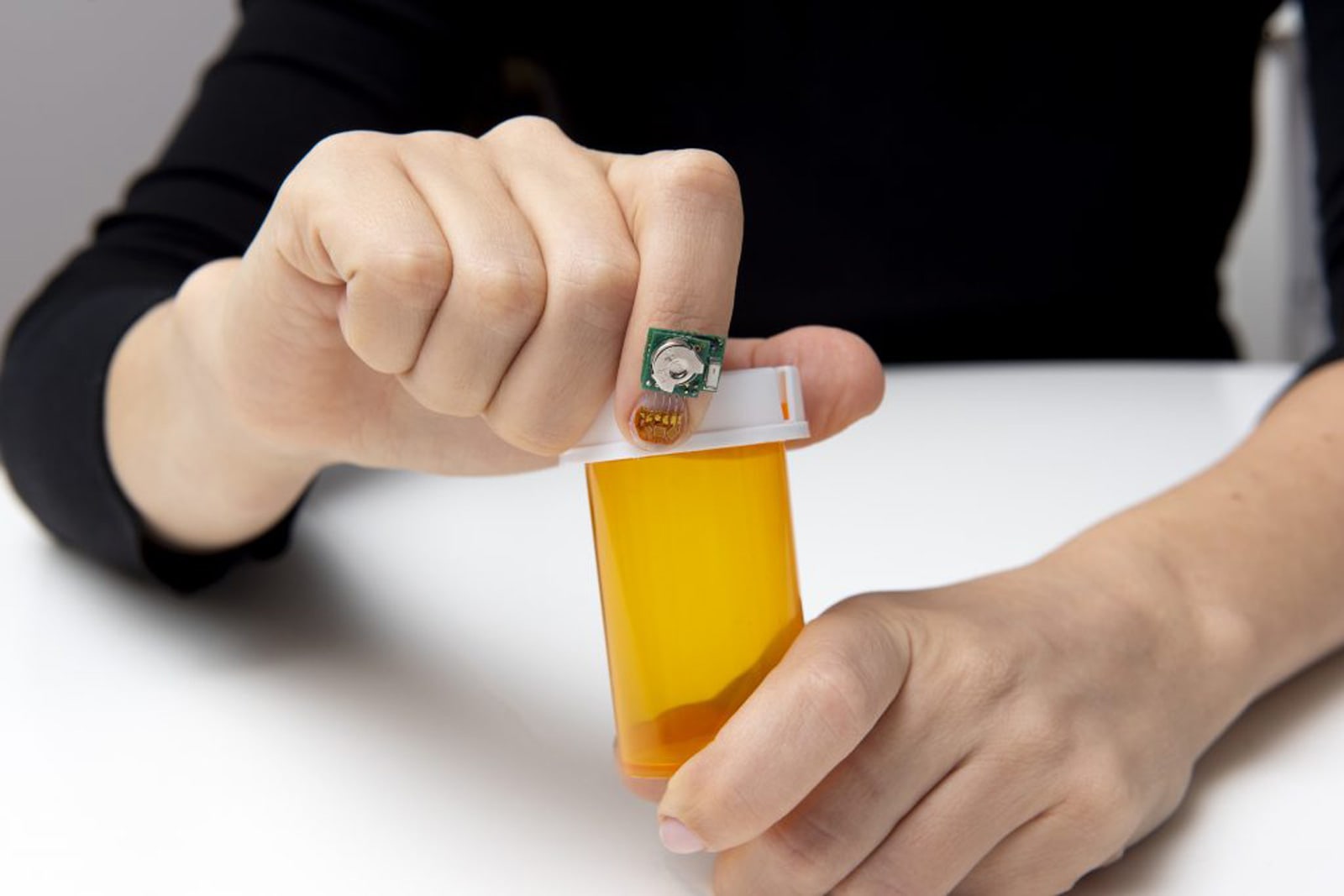 The strength of your grip can frequently be a good indicator of your health, and not just for clearly linked diseases like Parkinson's -- it can gauge your cognitive abilities and even your heart health. To that end, IBM has developed a fingernail s...
The strength of your grip can frequently be a good indicator of your health, and not just for clearly linked diseases like Parkinson's -- it can gauge your cognitive abilities and even your heart health. To that end, IBM has developed a fingernail s...
Bringing Independence Back to Sufferers of Parkinson’s!
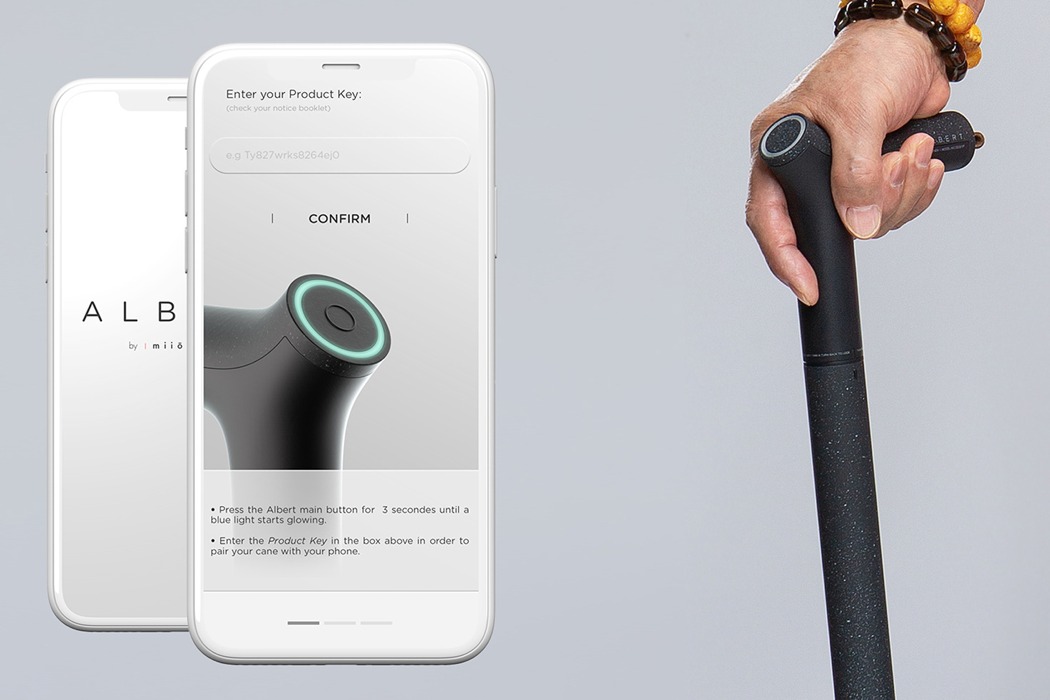
ALBERT is an ideal companion for individuals with Parkinson’s disease as well as their loved ones. The design harnesses the power of haptic feedback in order to prevent a problem known as FOG (Freezing of Gait) in which the individual becomes stuck and immobile for no apparent reason.
One interesting trick that sufferers have learned is to create a type of rhythm (whether it’s haptic, visual or sound) to bypass FOG and continue moving. For reasons that remain unclear, it helps users regain motion. Using this technique, the cane creates a rhythm that can be felt through minute vibrations in the handle. Other signature features include a convenient charging station that can be mounted on the wall to hang the cane out of harms way, built-in GPS tracking that lets loved ones stay tuned in to the user’s location, and an emergency beacon to alert medical personnel in the event of a serious problem.
Designer: Miio Studio
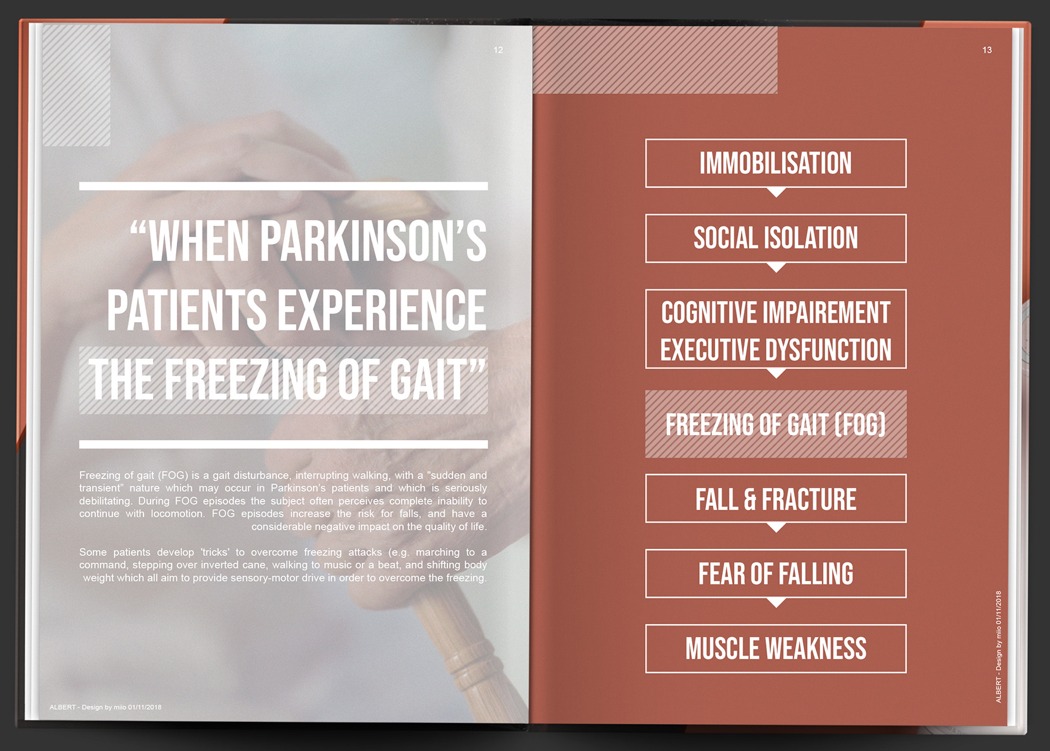

“It has been proven that once any type of rhythm is established (be it haptic, visual or sound), Parkinson’s suffers avoid all kinds of issues related to the FOG. This is Albert’s function, it helps users regain confidence in their mobility through haptic feedback,” design studio Miio explained.
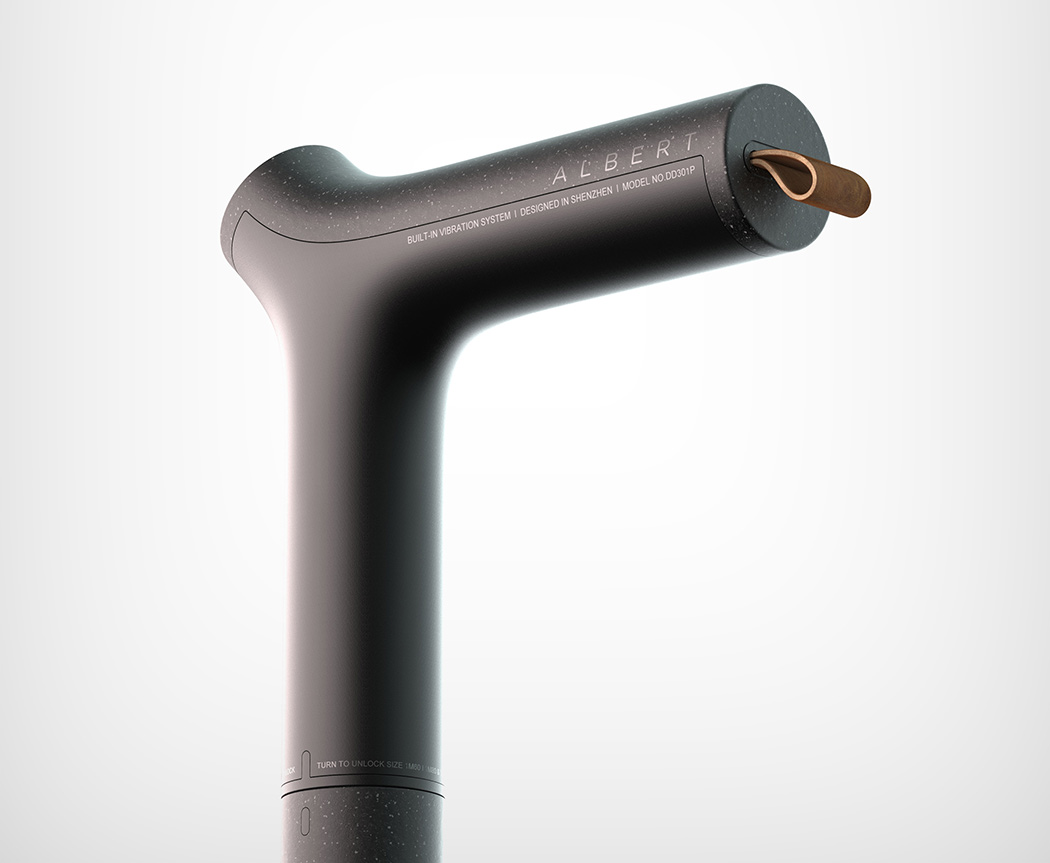
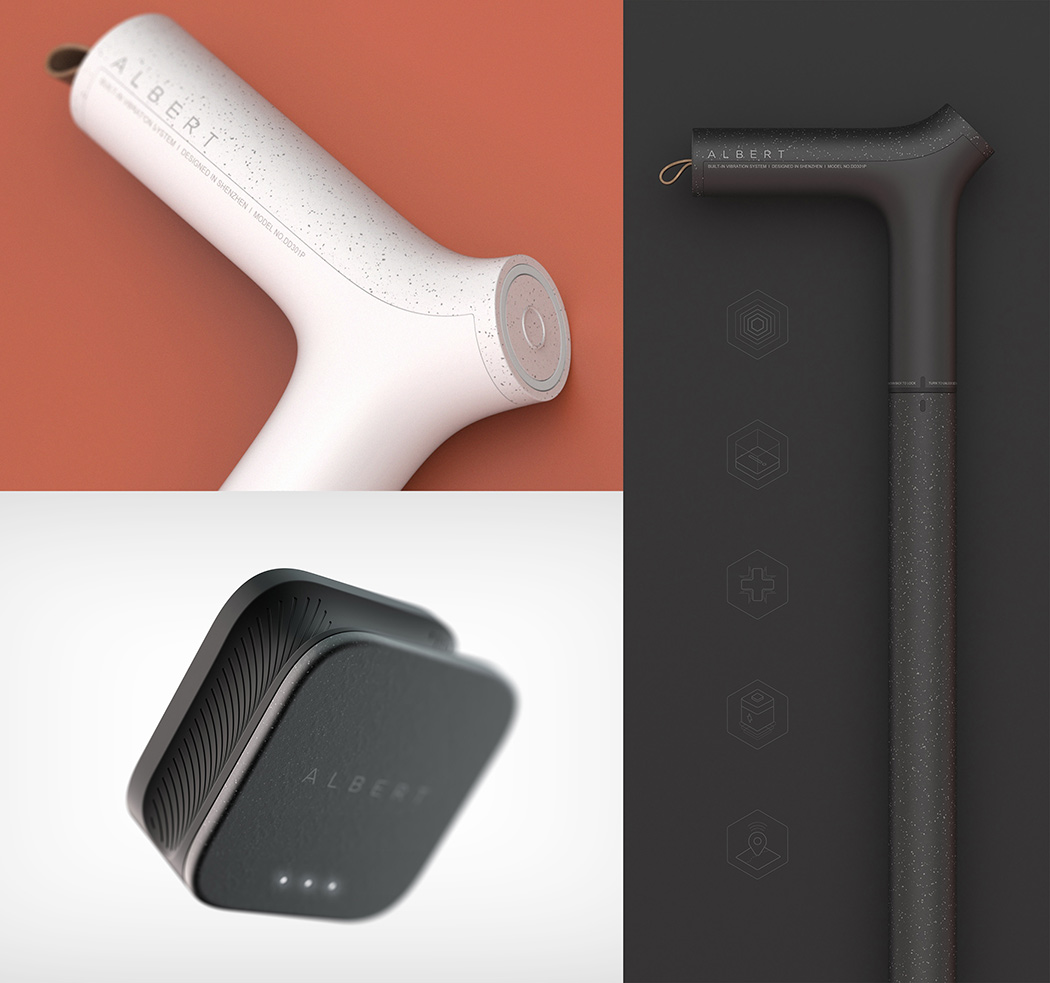
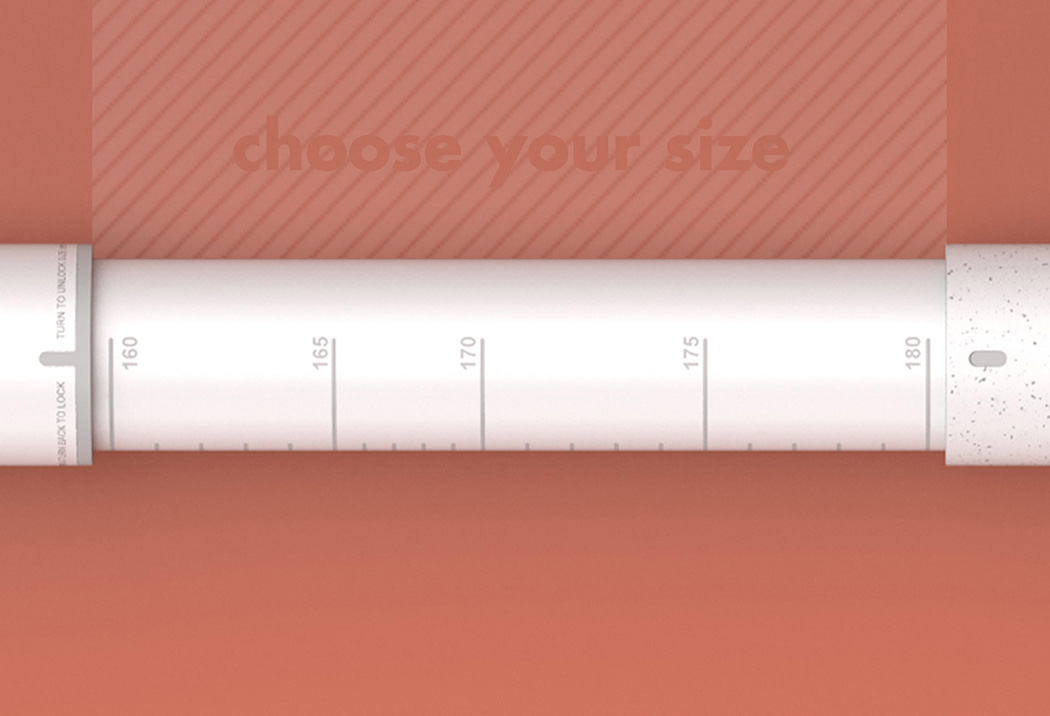
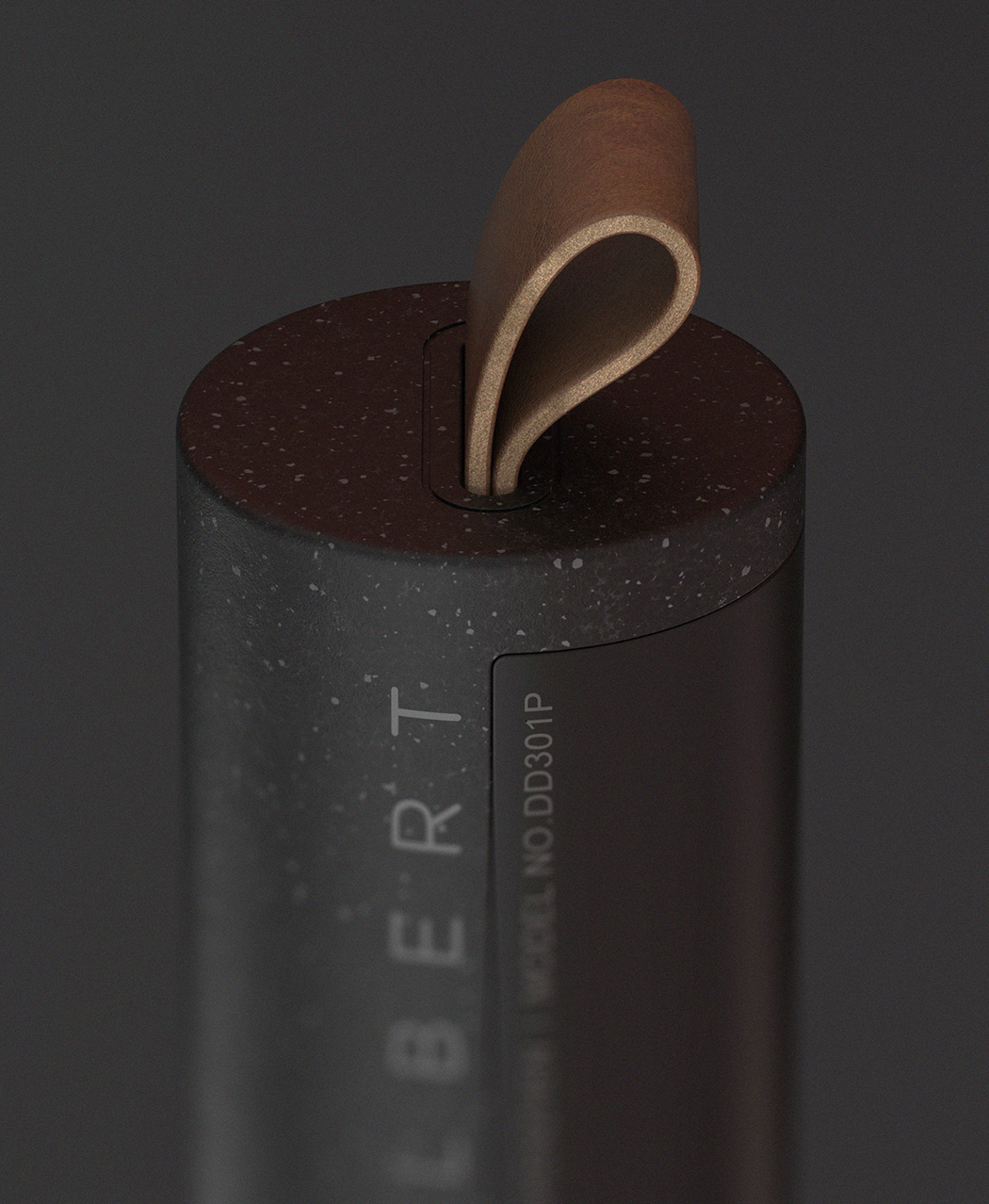
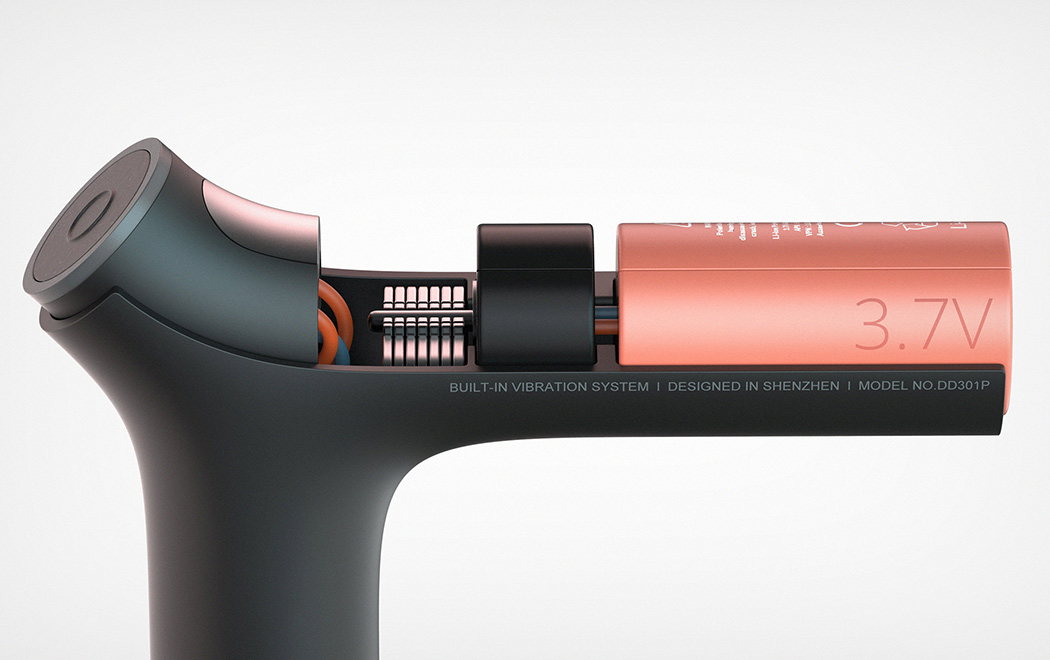
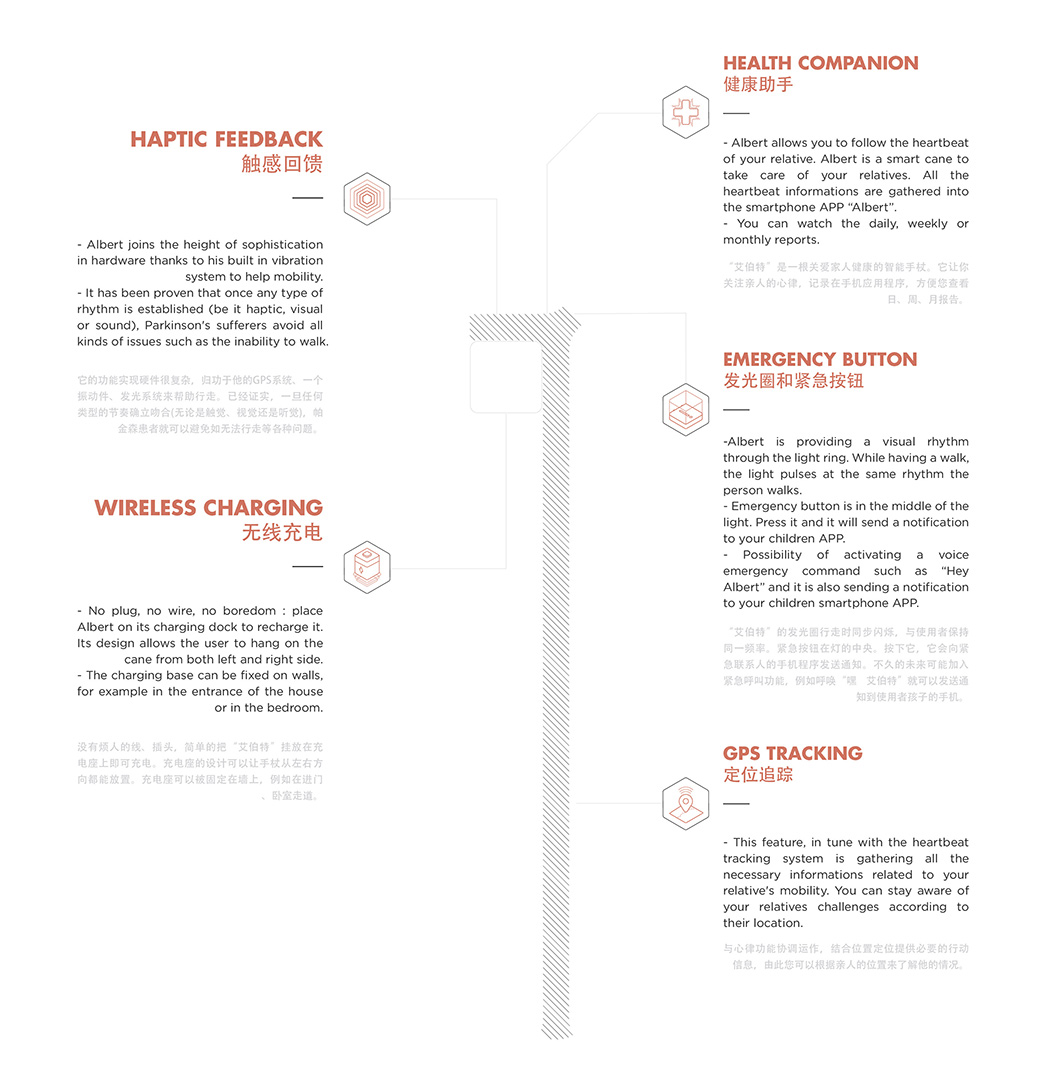
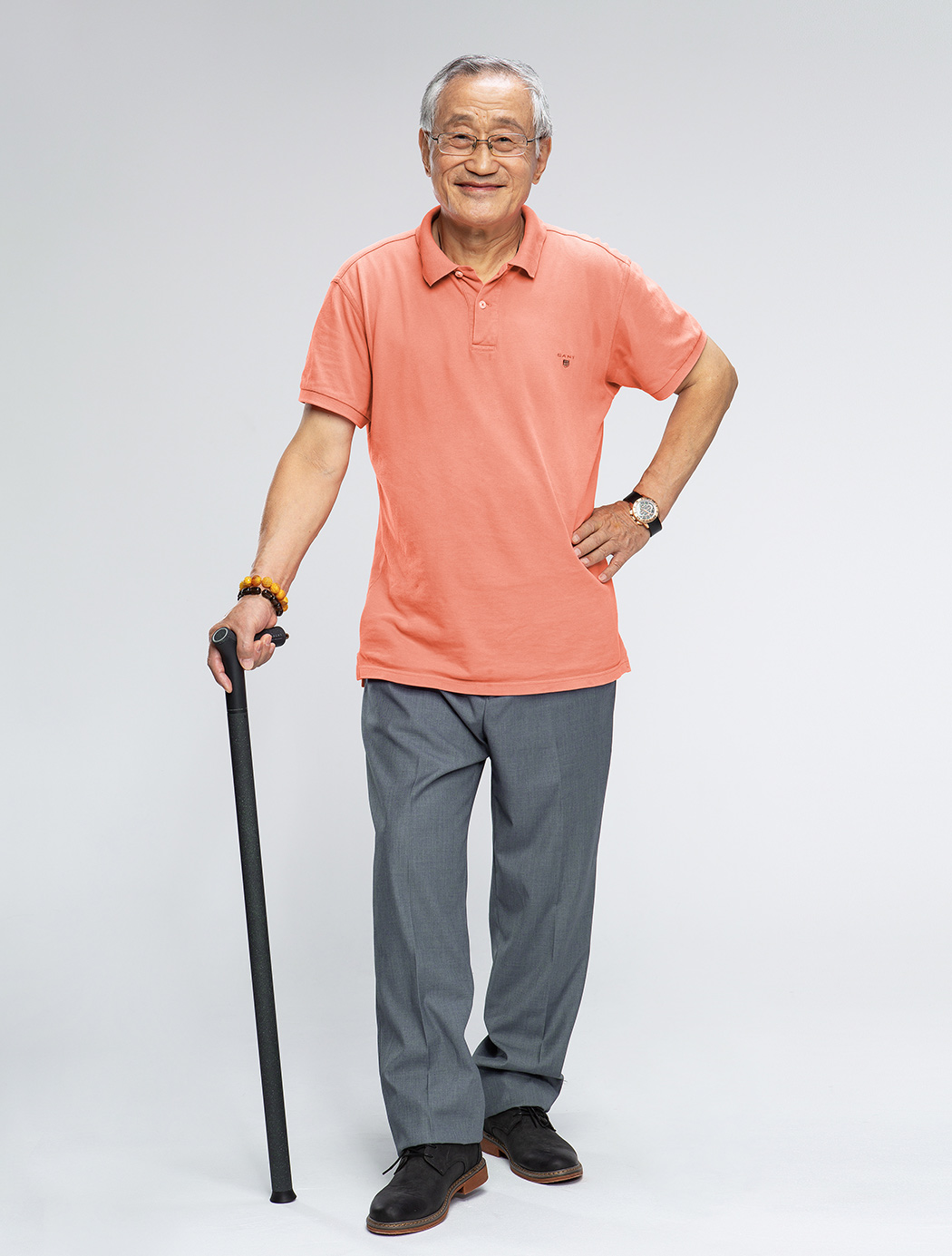

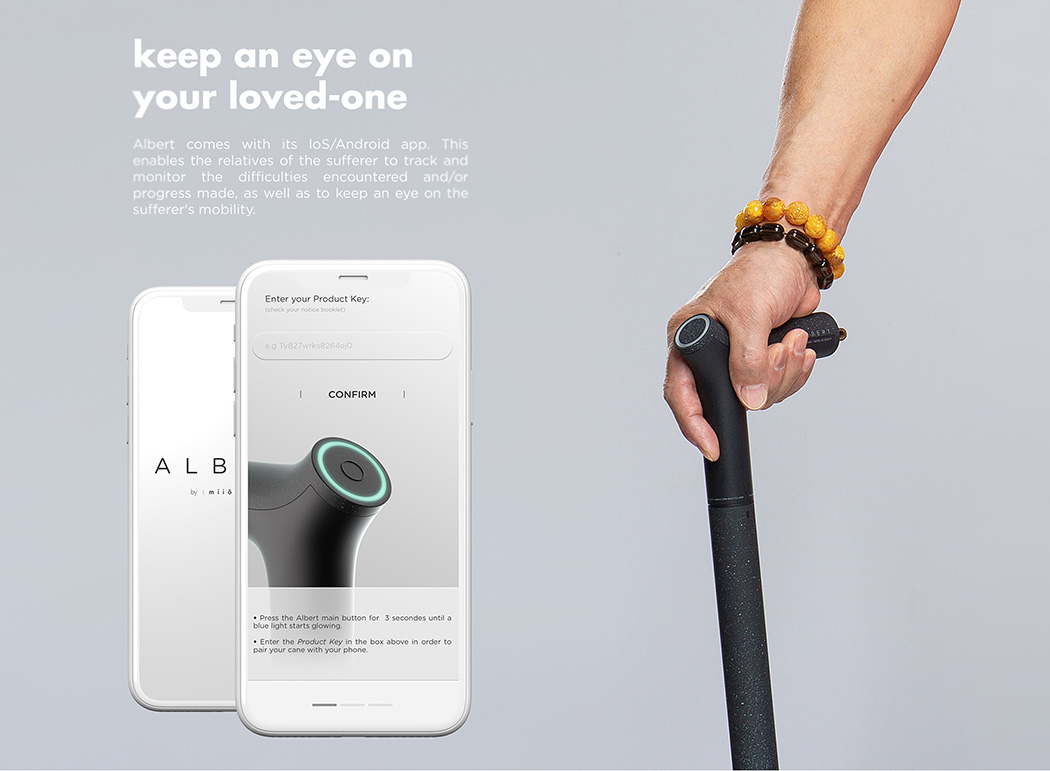
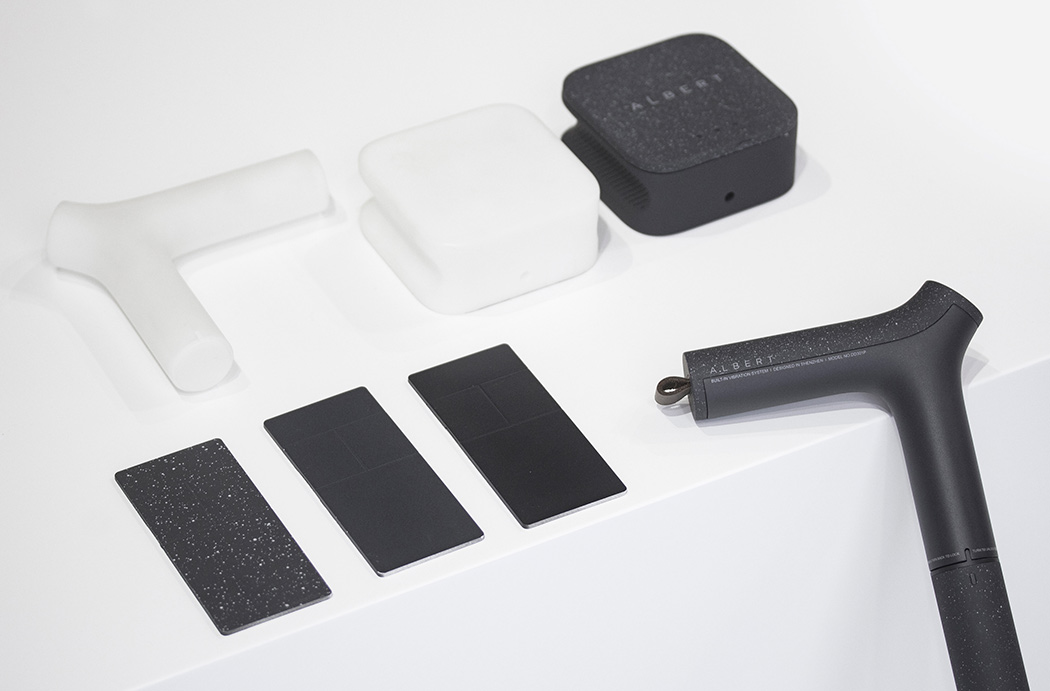
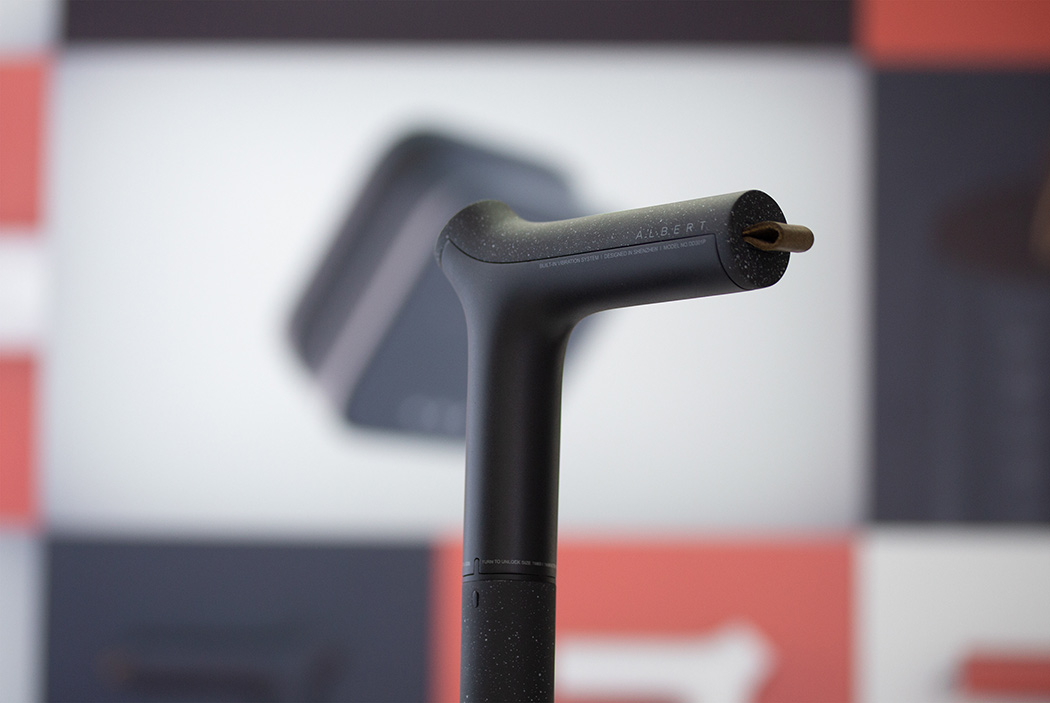
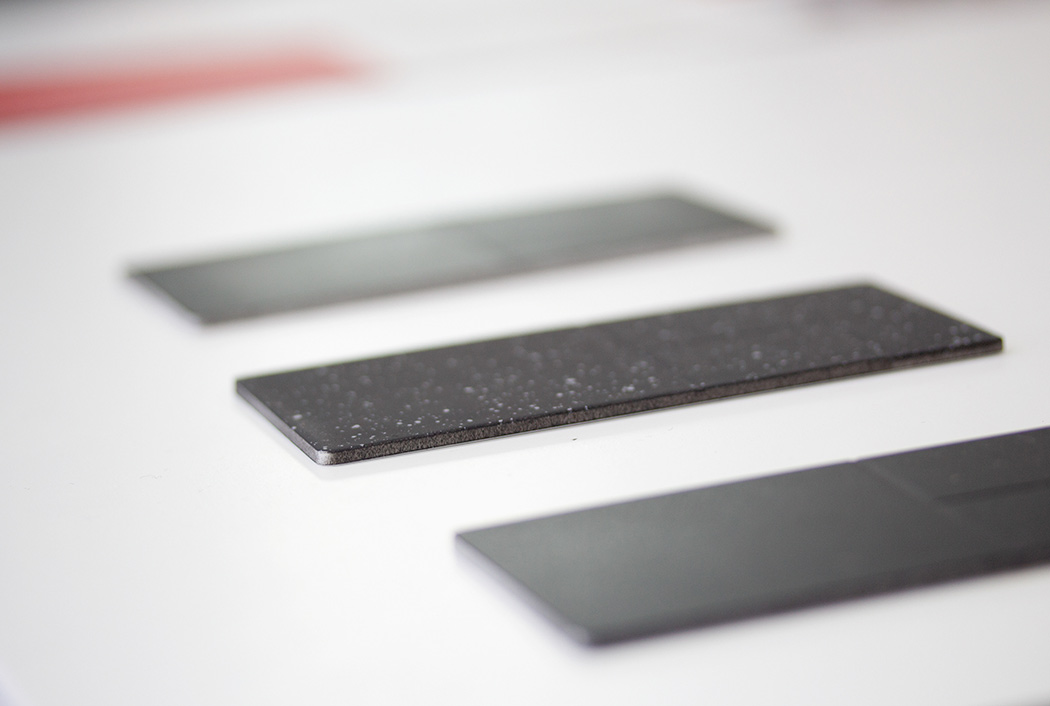
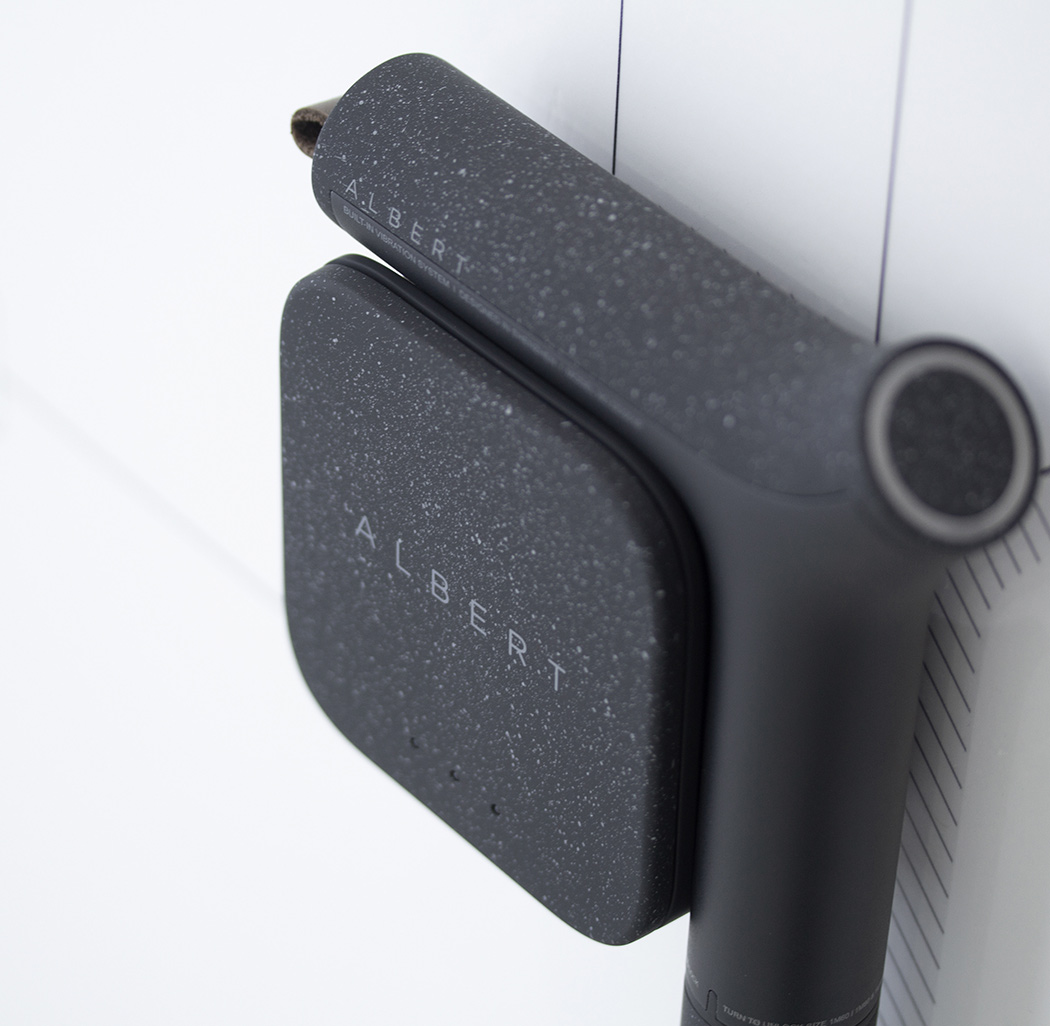
MIT built a health-tracking sensor that can ‘see’ through walls
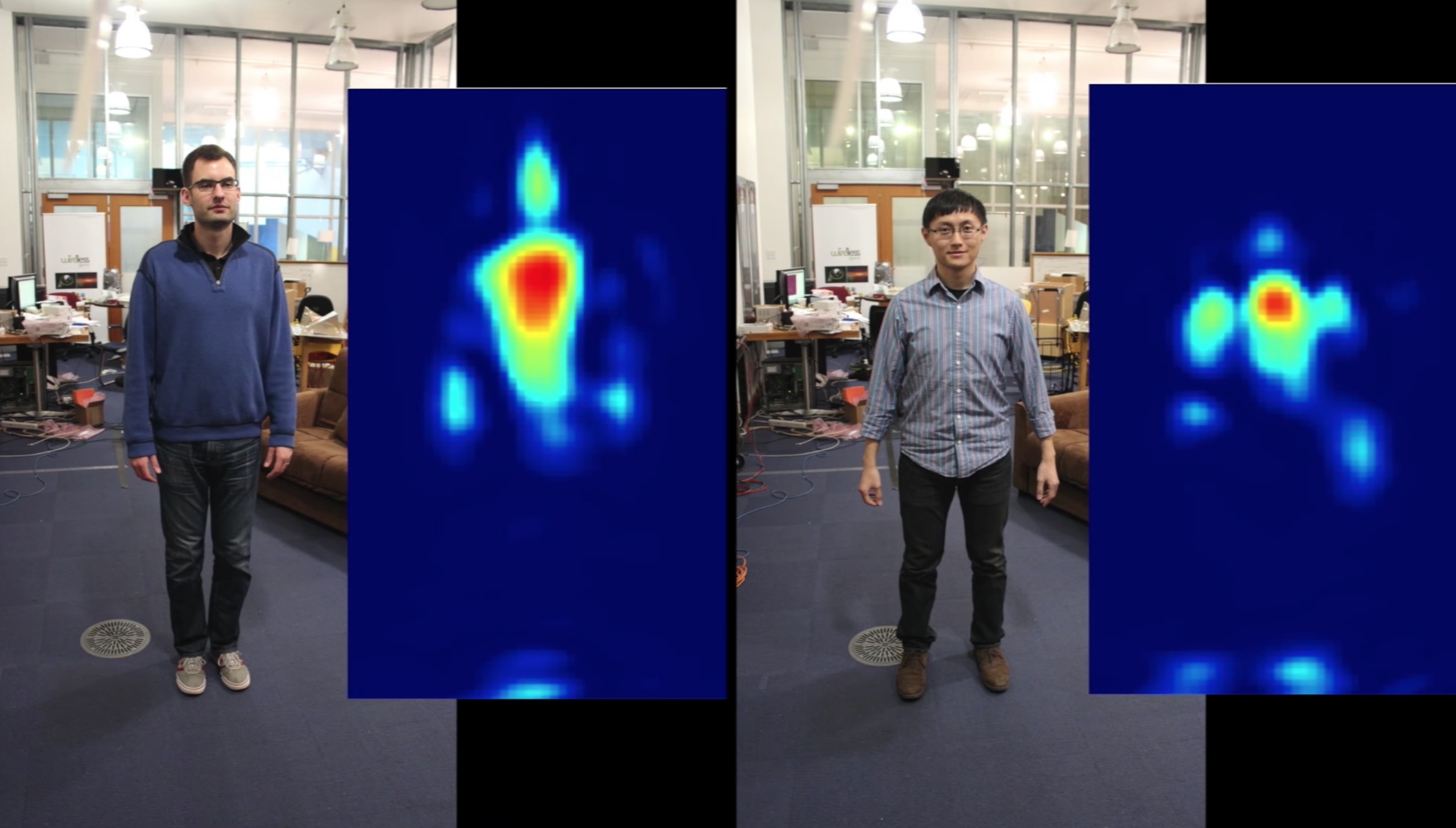 An MIT professor has built a prototype device that can wirelessly track your health -- even through walls -- using a mix of radio signals and machine learning. Dina Katabi's gadget resembles a WiFi router and is designed to sit in your pad and monito...
An MIT professor has built a prototype device that can wirelessly track your health -- even through walls -- using a mix of radio signals and machine learning. Dina Katabi's gadget resembles a WiFi router and is designed to sit in your pad and monito...
GSK to use 23andMe’s DNA library in drug development
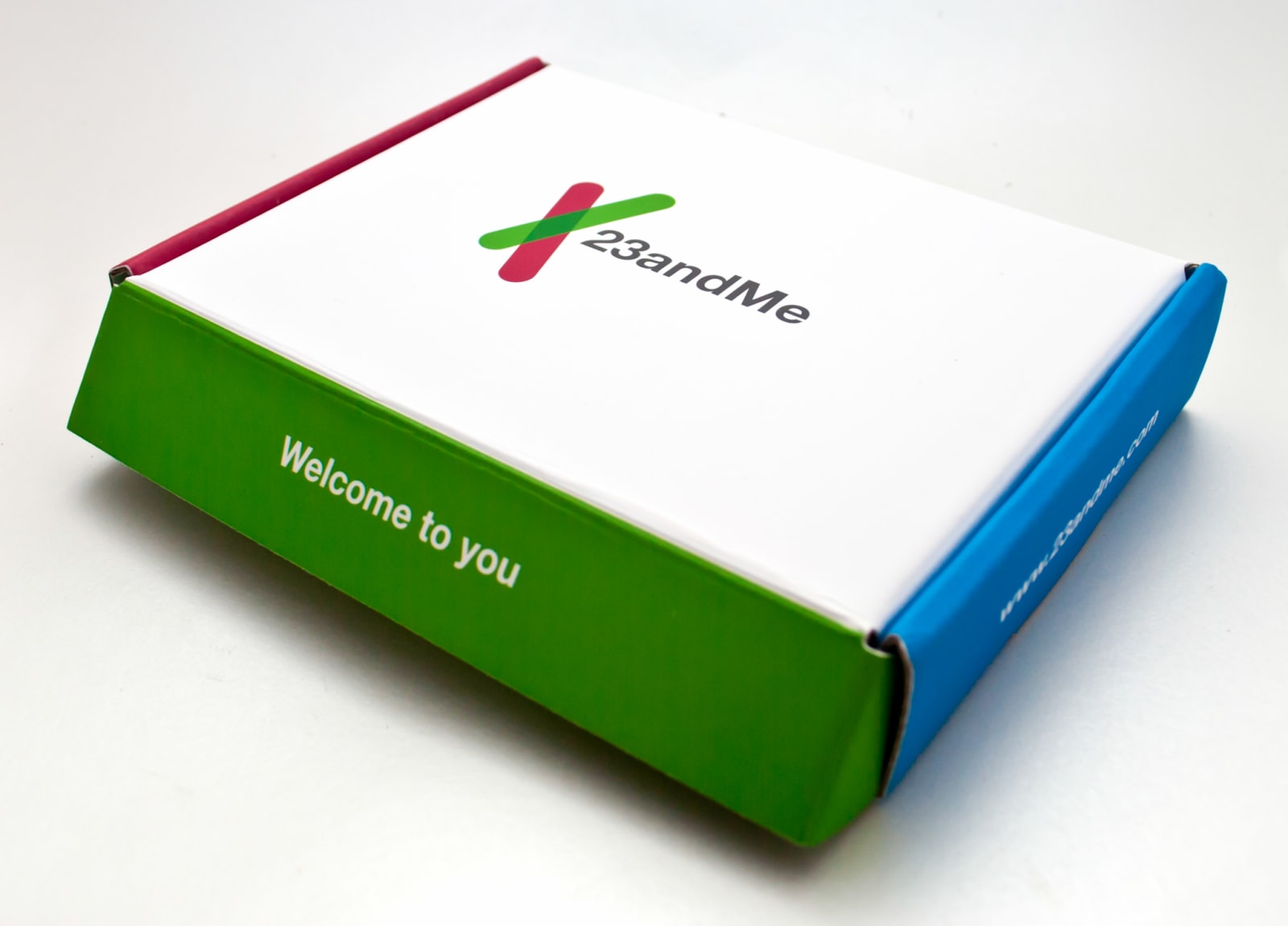 DNA testing company 23andMe has partnered with pharmaceutical giant GlaxoSmithKline (GSK), in a bid to develop new drug treatments. 23andMe, which gives customers insight into their genetic makeup via postal saliva tests, has some five million custom...
DNA testing company 23andMe has partnered with pharmaceutical giant GlaxoSmithKline (GSK), in a bid to develop new drug treatments. 23andMe, which gives customers insight into their genetic makeup via postal saliva tests, has some five million custom...
Implant-free stimulation could treat brain conditions
 Scientists know that stimulating the deeper regions of your brain can treat Parkinson's and other conditions. But there's a problem: they usually need to open your skull to place implants, which is both time-consuming and risky. Researchers may hav...
Scientists know that stimulating the deeper regions of your brain can treat Parkinson's and other conditions. But there's a problem: they usually need to open your skull to place implants, which is both time-consuming and risky. Researchers may hav...
Brain mapping could lead to better Parkinson’s treatments
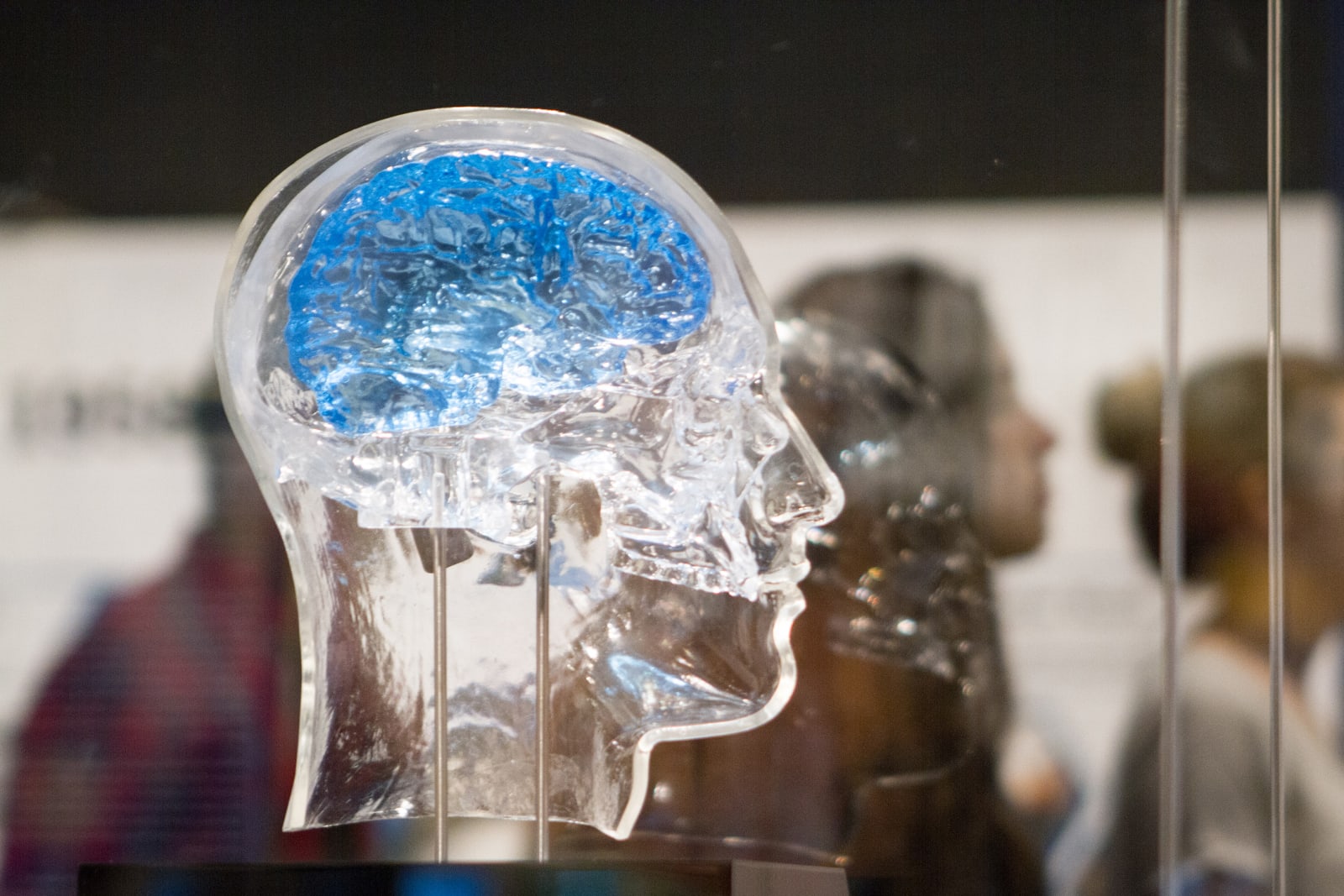 When you repair electronics, you frequently test individual parts to see how they affect the whole. Why not try that with the brain? Stanford is doing just that. It developed a technique that fires specific kinds of neurons to map the brain and ident...
When you repair electronics, you frequently test individual parts to see how they affect the whole. Why not try that with the brain? Stanford is doing just that. It developed a technique that fires specific kinds of neurons to map the brain and ident...
Brain mapping could lead to better Parkinson’s treatments
 When you repair electronics, you frequently test individual parts to see how they affect the whole. Why not try that with the brain? Stanford is doing just that. It developed a technique that fires specific kinds of neurons to map the brain and ident...
When you repair electronics, you frequently test individual parts to see how they affect the whole. Why not try that with the brain? Stanford is doing just that. It developed a technique that fires specific kinds of neurons to map the brain and ident...
Protein fingerprinting could shed light on Alzheimer’s
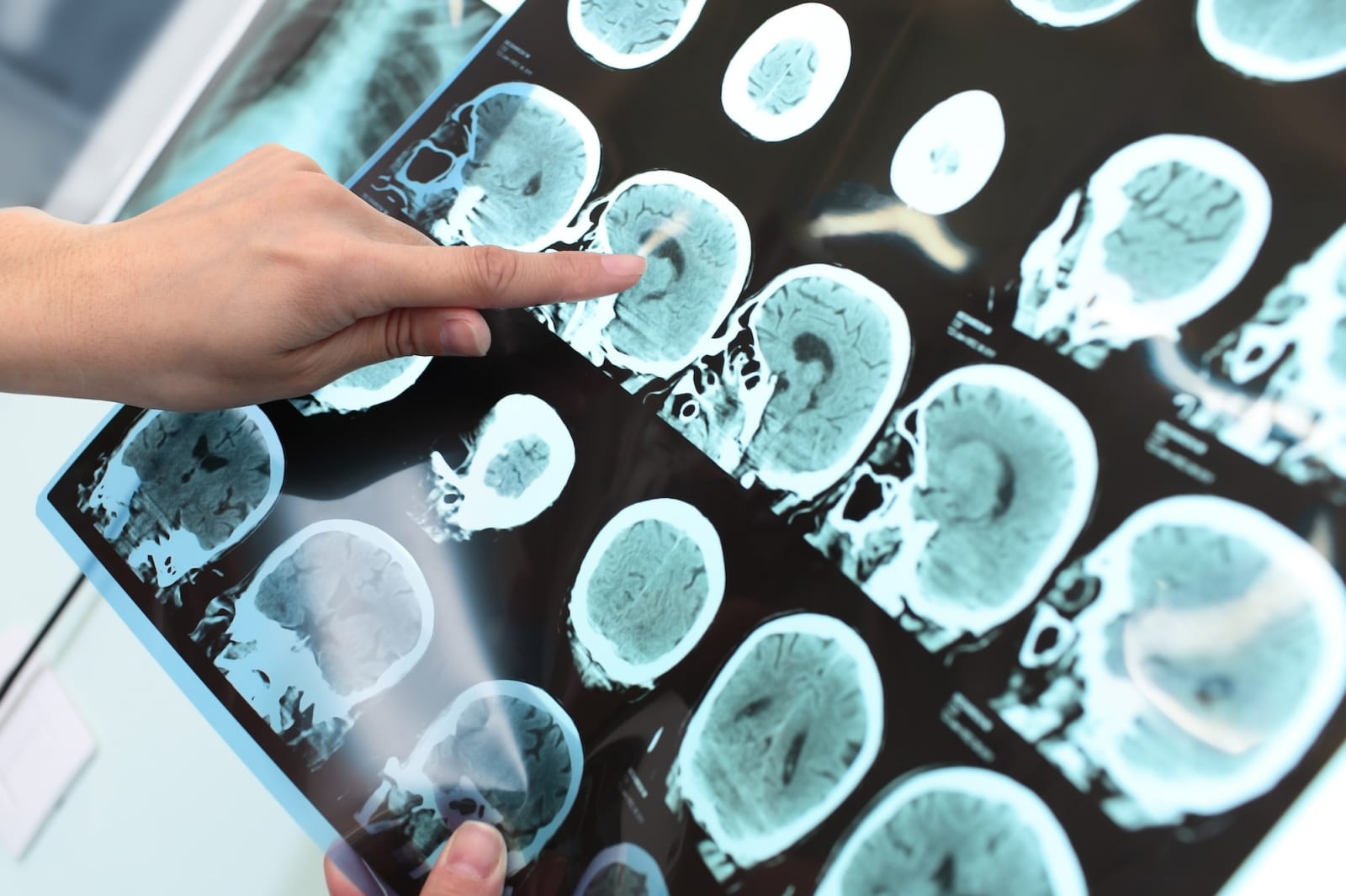 Scientists know that the proteins in our bodies can sometimes fold and form clumps called amyloids, which lead to neurodegenerative diseases. However, they still don't fully understand the whole process -- there's just no efficient way to examine the...
Scientists know that the proteins in our bodies can sometimes fold and form clumps called amyloids, which lead to neurodegenerative diseases. However, they still don't fully understand the whole process -- there's just no efficient way to examine the...
